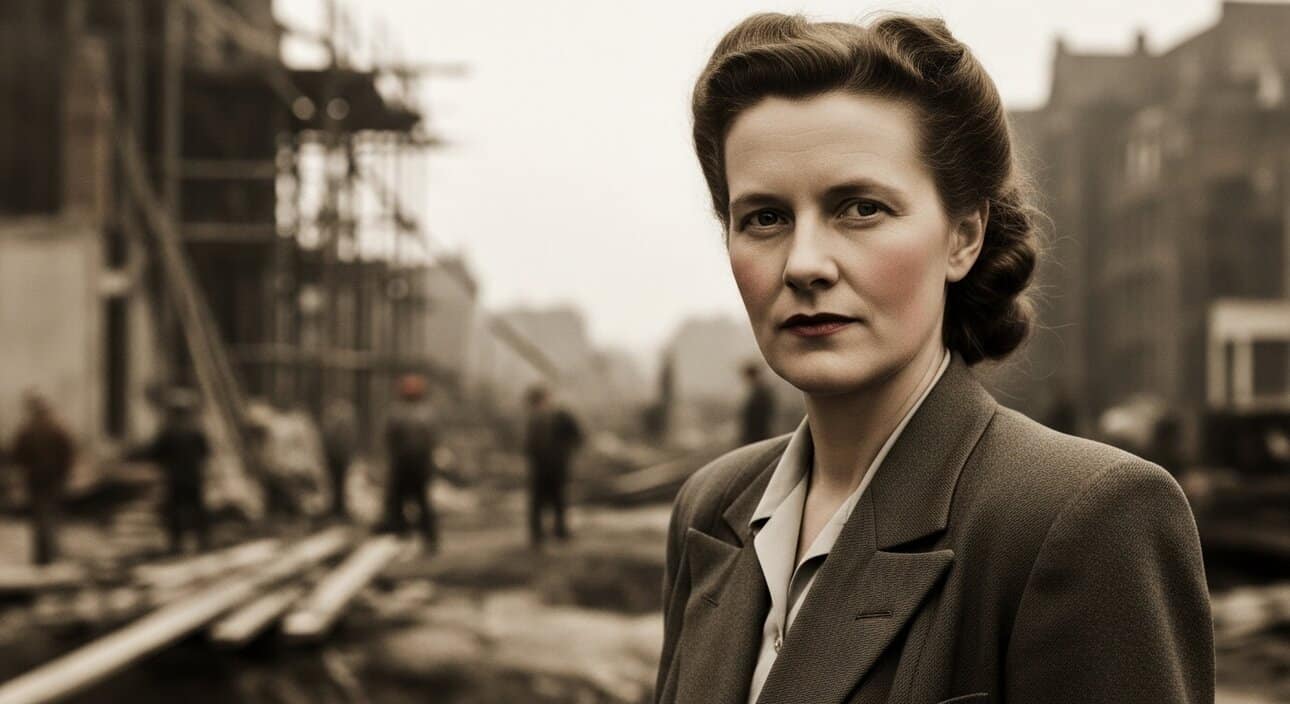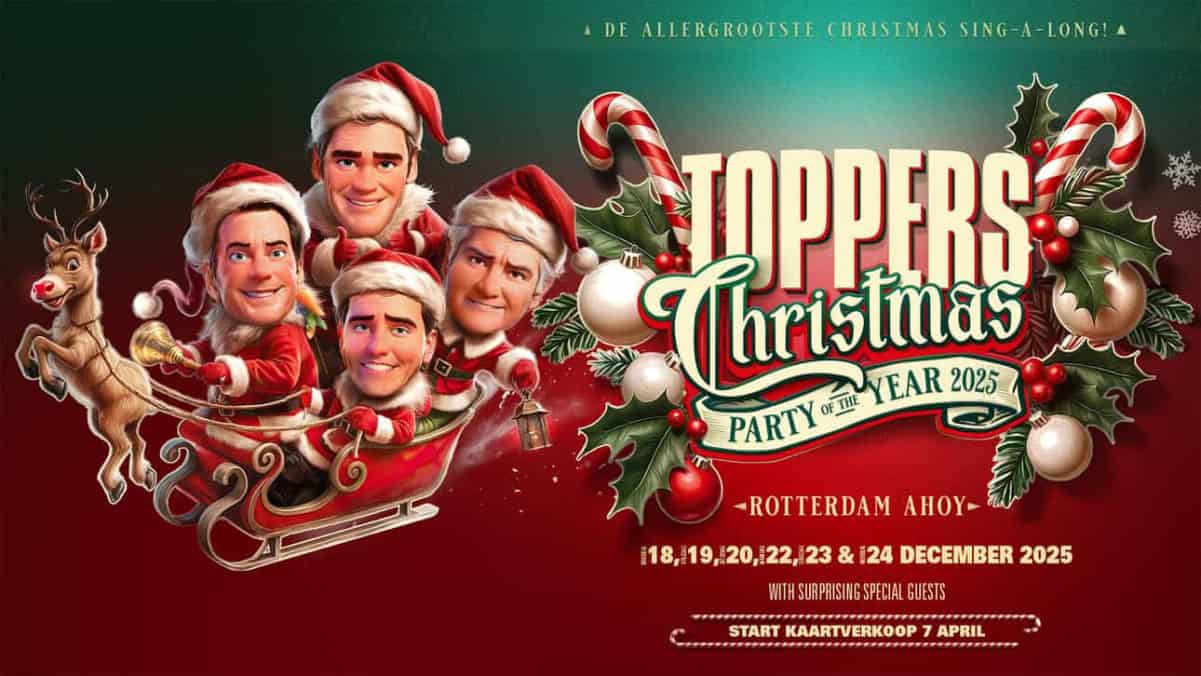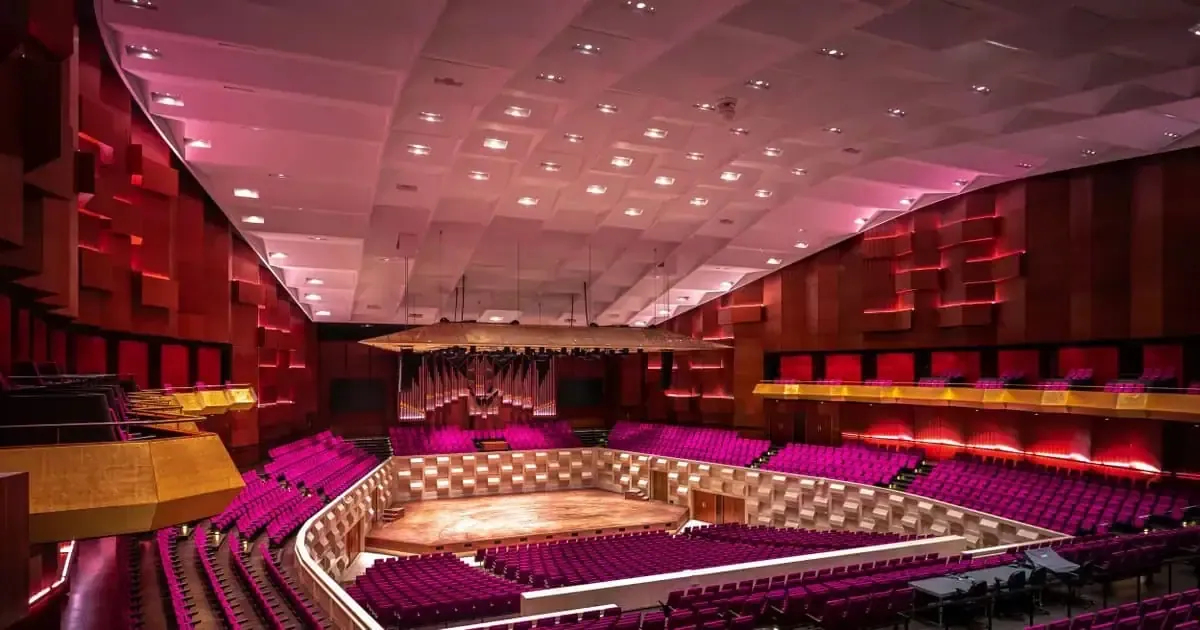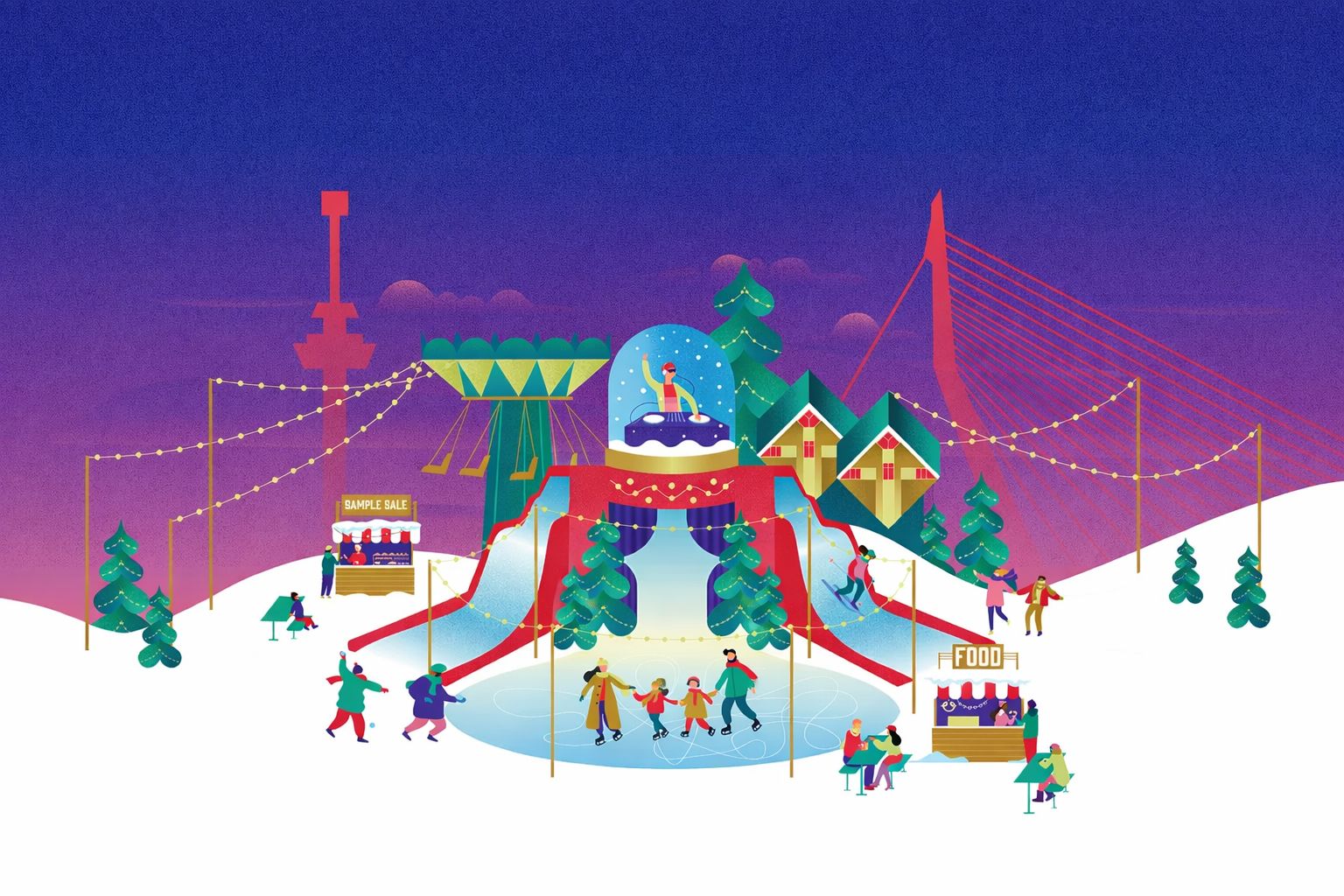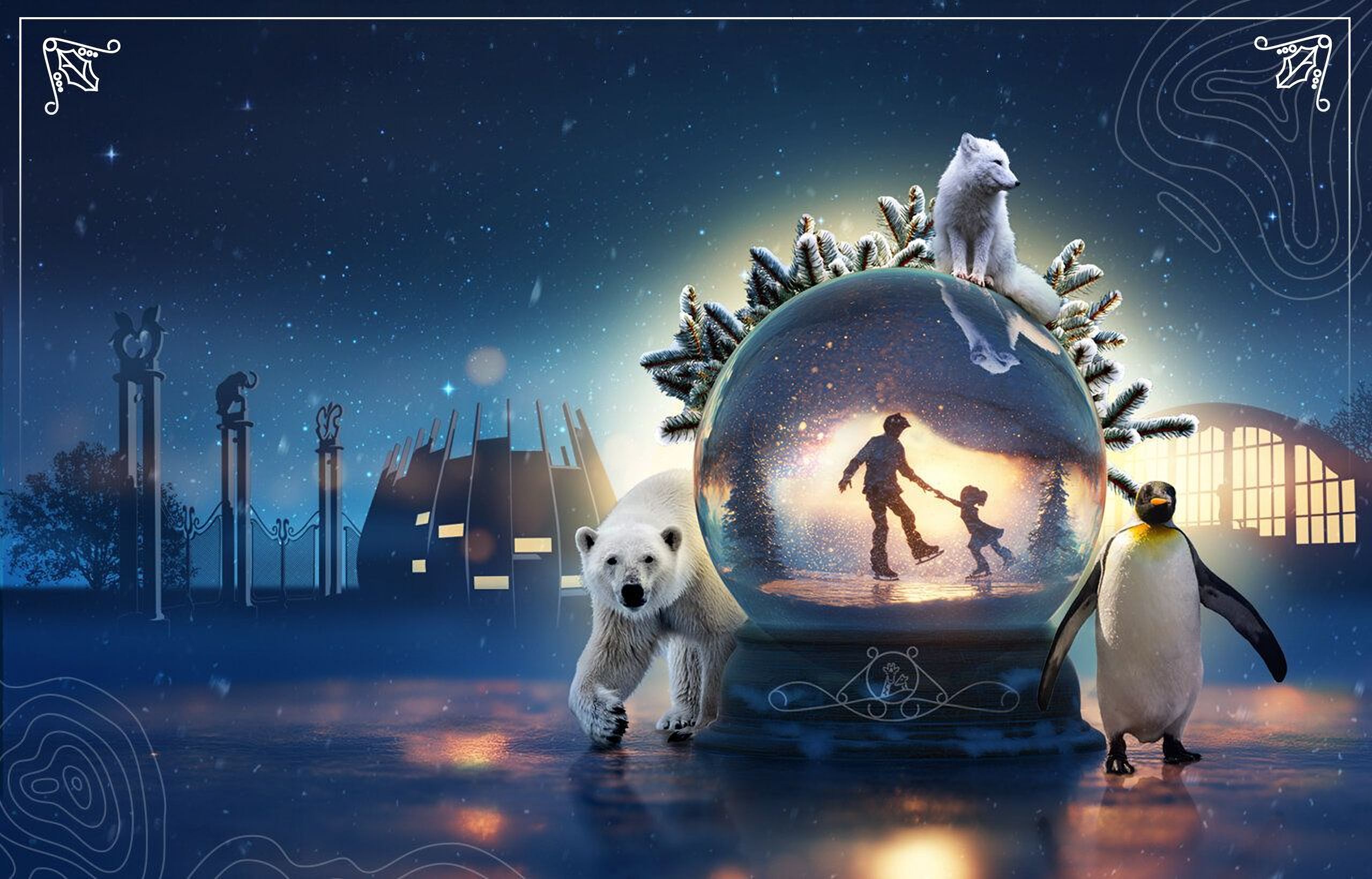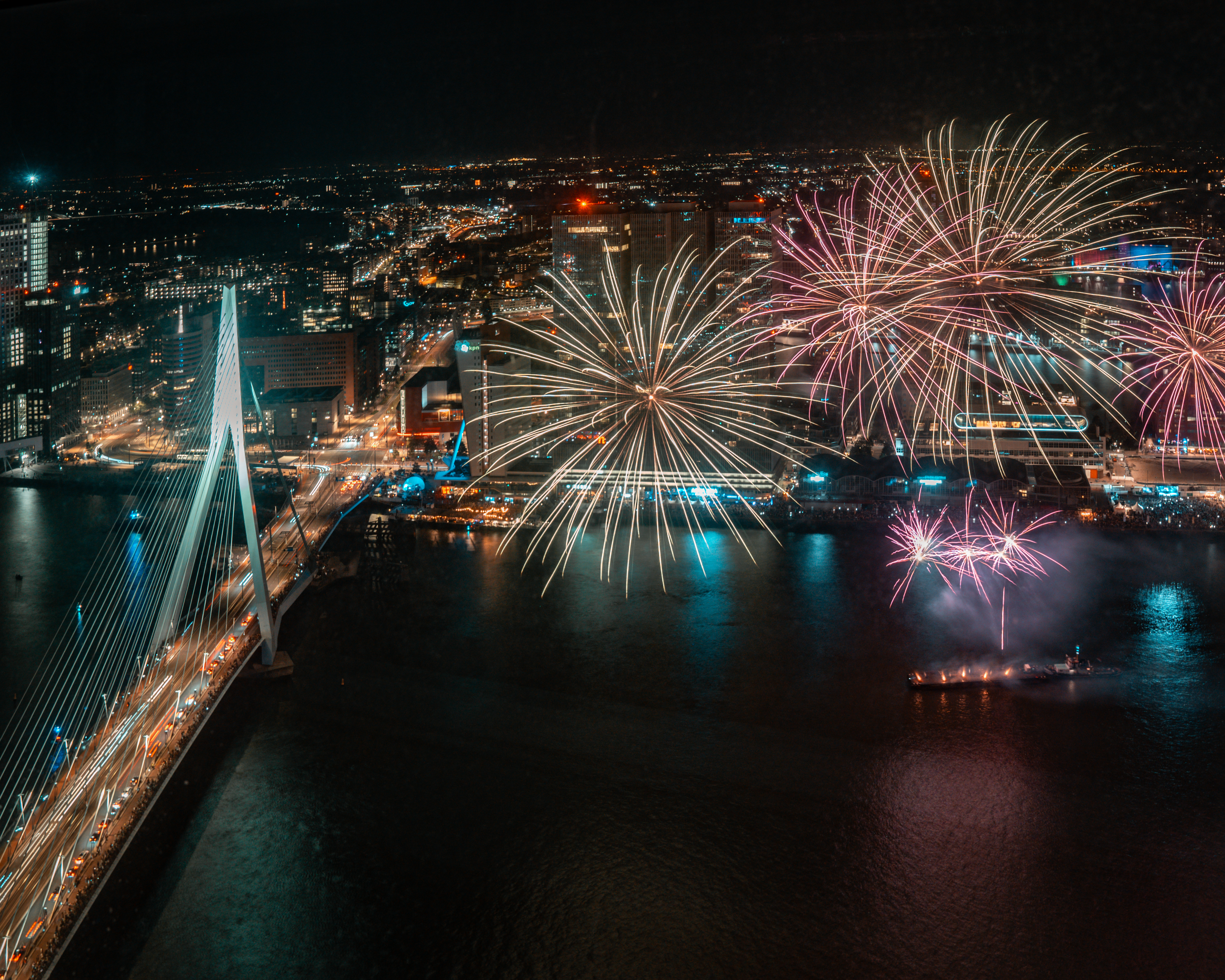Often mistaken for the whole, “the Netherlands” is both the heart and the backbone of the Kingdom. It's a land of rivers, reclaimed seas, bustling cities, and centuries-old villages.
This series is currently a work in progress. Expect updates and changes in the coming days.
Kingdom of the Netherlands: An Introduction to the seriesThe Kingdom of the Netherlands is a unique construct; a modern state that spans continents, connecting Western Europe with the Caribbean. Often misunderstood as simply “the Netherlands,” the Kingdom of the Netherlands includes four constituent countries and three special municipalities, each with its own identity and story. This series explores each part of the Kingdom:
|
Introduction
From windmills and tulips to world-shaping trade, the Netherlands is a modern European democracy wrestling with the challenges of its past and the realities of a diverse, globalised future. But it’s also a mosaic: Groningen’s windswept farms, Limburg’s rolling hills, Rotterdam’s modernity, Amsterdam’s canals, and the North Sea’s ever-present edge. This is a nation of innovation, contradictions, and a restless search for balance, between land and water, tradition and change, autonomy and unity.
Table of contents
- Ancient lands: from marshes to nationhood
- The Golden Age, colonial expansion, and the Dutch world
- Society and culture: polder model, people, and regions
- Politics and governance: constitutional monarchy, modern debates
- Economy: trade, innovation, and the global stage
- The Netherlands in the Kingdom: leader, partner, sometimes lightning rod
- Contemporary challenges and opportunities
- Dutch identity: art, culture, and daily life
- Looking forward: the Netherlands and the 21st-century Kingdom
 An illustration of ancient marshland
An illustration of ancient marshland
1. Ancient lands: from marshes to nationhood
The story of the Netherlands starts in the mud. Centuries ago, the region was a patchwork of tidal marshes, peat bogs, and forests. Indigenous tribes like the Batavians lived by fishing, farming, and building dykes to hold back the sea. Roman occupation brought roads and trade, while later, Franks and Saxons added their own layers to the population.
By the Middle Ages, Dutch-speaking cities like Utrecht, Dordrecht, and Amsterdam flourished as centres of commerce and craftsmanship. The struggle to master water—through windmills, canals, and dykes—became central to Dutch identity. The famous “polder model,” built on cooperation, has roots in the collective labour needed to keep the land above sea level.
2. The Golden Age, colonial expansion, and the Dutch world
The revolt and independence
In the 16th century, the Netherlands rebelled against Spanish rule. The Eighty Years’ War (1568–1648) led to independence and the creation of the Dutch Republic—a federation of provinces and cities with remarkable religious and political freedoms for its time.
The Golden Age
The 17th century marked the rise of the Dutch Republic as a leading world power. Amsterdam blossomed into a centre of global trade and finance, with the Bank of Amsterdam and the world’s first stock exchange attracting merchants and entrepreneurs from across Europe and beyond. Dutch ships sailed to distant continents, carrying spices, textiles, sugar, coffee, and manufactured goods. The country’s navy and merchant fleet were among the most powerful in the world, helping secure Dutch influence on the global stage.
This era gave birth to artistic and intellectual giants. Painters like Rembrandt, Vermeer, Frans Hals, and Judith Leyster brought Dutch realism and creativity to international fame, while philosophers such as Spinoza and scientists like Christiaan Huygens shaped new ideas in science and society. The prosperity of the Golden Age supported a flowering of architecture, literature, and music, still visible in Dutch cities today.
Dutch colonial ambitions were advanced by two powerful trading companies, the Dutch East India Company (VOC) and the Dutch West India Company (WIC). The VOC built a vast network of trading posts and colonies throughout Asia, including Indonesia and the founding of Batavia, now Jakarta. The WIC focused on the Atlantic world, establishing trade routes and colonies in the Americas and Africa. These companies engaged in the transatlantic slave trade and played central roles in the movement of people and goods between continents.
The Dutch also set their sights on North America. In 1625, they founded New Amsterdam on the tip of Manhattan Island, which became the capital of the colony of New Netherland. Dutch influence left its mark on the early culture and cityscape of what is now New York City. However, in 1664, the British seized New Amsterdam without resistance, later renaming it New York. The handover became official in 1667 through the Treaty of Breda. In this agreement, the Dutch retained Suriname in South America, which they had captured from the British, while ceding New Netherland to British control. These global manoeuvres showed the reach and complexity of Dutch ambitions in the age of colonial competition.
In the Caribbean, Dutch traders and colonists established settlements on Aruba, Curaçao, Bonaire, Sint Eustatius, Saba, and Sint Maarten. These islands became crucial outposts for trade, defence, and the movement of enslaved Africans. The wealth generated by Caribbean sugar, salt, and shipping helped fuel prosperity in the Netherlands, but it also relied on the suffering and exploitation of enslaved peoples and colonised societies. The legacy of this era is still felt today in the multicultural fabric and historical consciousness of both the European and Caribbean parts of the Kingdom.
Legacies and reckoning
The Golden Age remains a source of national pride, but also of reflection and debate about the costs of empire. It was a time of extraordinary creativity and innovation, built side by side with global connections, competition, and the darker realities of colonialism.
Colonial wealth and the slave trade left deep marks, funding Dutch prosperity but sowing seeds of inequality and trauma. Today, the Netherlands continues to debate its colonial past, with calls for reparations and greater recognition of Caribbean, Indonesian, and Surinamese heritage in Dutch society. Every year on 1 July, the Netherlands commemorates the abolition of slavery in Suriname and the former Dutch Antilles with Keti Koti, which means “broken chains” in Sranantongo—a creole language spoken in Suriname that developed during the colonial period as a means of communication among enslaved people.
 The Golden Age, colonial expansion, and the Dutch world
The Golden Age, colonial expansion, and the Dutch world
3. Society and culture: Polder Model, people, and regions
The Polder Model and Dutch society
The polder model—consensus, negotiation, pragmatism—remains at the core of Dutch politics and society. Trade unions, employers, and the government negotiate wage and welfare policies, aiming for social peace.
A land of regions
The Netherlands is small but deeply regional. Frisians in the north speak their own language and cherish ancient traditions. Limburg in the south celebrates Carnival with a Catholic flair. The Randstad—Amsterdam, Rotterdam, The Hague, and Utrecht—is the urban, multicultural heart of the nation. Zeeland, Flevoland, and Drenthe offer their own rural pace.
Diversity and immigration
Postwar labour migration from Southern Europe, Turkey, and Morocco, along with waves from Suriname, Dutch Caribbean islands, and Indonesia, have created one of Europe’s most diverse populations. Cities like Rotterdam are now majority-minority. This diversity brings vibrancy but also sparks debates over integration, identity, and “Dutch values.”
Tolerance and tension
The Netherlands pioneered same-sex marriage, drug decriminalisation, and euthanasia laws. Yet debates rage over issues like religious freedom, racism, “Black Pete” (Zwarte Piet), and the limits of tolerance.
4. Politics and governance: constitutional monarchy, modern debates
The constitutional monarchy
King Willem-Alexander is the symbolic head of state, but the real power lies with parliament (the Staten-Generaal) and the prime minister. The Dutch are famously pragmatic about the monarchy—cherishing royal pageantry but quick to criticise costs and traditions.
Parliament and local government
The Tweede Kamer (House of Representatives) and Eerste Kamer (Senate) make the laws, while a dense network of provinces and municipalities handle local issues. Decentralisation is strong, and local democracy thrives.
Politics in flux
Politics in the Netherlands is highly pluralistic. No single party has a majority—coalition government is the rule. Recent years have seen the rise of populist, green, and progressive parties alongside the established Christian democrats and liberals. Political debate is lively, sometimes polarised, and always well-attended.
5. Economy: trade, innovation, and the global stage
Open, export-driven, and tech-savvy
The Netherlands is Europe’s gateway: Rotterdam’s port, Schiphol Airport, and a tradition of trade make it one of the world’s top exporters. Key industries include:
- Agriculture: Despite its size, the Netherlands is the world’s second-largest exporter of food, thanks to high-tech farming.
- Logistics and Services: Rotterdam is Europe’s biggest port; Dutch engineers are world leaders in water management.
- Creative and Digital Industries: Design, gaming, and fintech are booming.
- Multinationals: Companies like Shell, Philips, Unilever, and ING have deep Dutch roots but a global reach.
Inequality and the welfare state
The Dutch welfare state is robust—healthcare, education, and social security are strong. But housing shortages, student debt, and labour market changes are testing the system. Regional disparities, especially between urban and rural areas, are growing.
6. The Netherlands in the Kingdom: leader, partner, sometimes lightning rod
The Kingdom Charter and relations
As the largest and wealthiest part of the Kingdom, the Netherlands is the engine, financier, and, at times, disciplinarian. Defence, citizenship, and foreign affairs are “Kingdom matters,” led by The Hague but with input (and often sharp debate) from the Caribbean partners.
Unity and unease
Dutch politicians and voters sometimes view the Kingdom’s Caribbean partners as costly or distant. Caribbean partners, in turn, see the Netherlands as heavy-handed or indifferent. Issues of autonomy, development aid, and migration policy are perennial flashpoints.
Ties that bind
Despite tensions, family, migration, and commerce link the Netherlands and the Caribbean. Over 170,000 people of Antillean or Aruban origin live in the European Netherlands, and remittances, cultural exchanges, and dual citizenship tie the Kingdom together.
7. Contemporary challenges and opportunities
Climate change and water
Much of the Netherlands lies below sea level. Sea level rise, climate change, and river flooding are existential threats—pushing innovation in dykes, pumps, and sustainable urban planning. Dutch water engineers are now in global demand.
Social issues
- Integration and Identity: How to be both “Dutch” and multicultural?
- Housing Crisis: Skyrocketing rents and shortages in major cities.
- Aging Population: Healthcare and pensions under pressure.
- Energy Transition: Moving from fossil fuels to renewables—ambitious, but not without growing pains.
Debates on history and justice
Calls for reckoning with the colonial past are growing, including apologies for slavery and more inclusive education.
8. Dutch identity: art, culture, and daily life
Art and Innovation
From Rembrandt to Mondrian, Dutch art remains influential. Today, the Netherlands is a global hub for design, architecture, and electronic music (hello, DJs Tiësto and Martin Garrix!).
Urban and rural life
Biking to work, café terraces, brown bars, street markets, King’s Day parties, and endless debates over how to make society “gezellig” (cozy, welcoming). Yet rural life—windmills, tulip fields, village fêtes—remains cherished, even as cities dominate.
Language
Dutch is the national language, but Frisian, English, Turkish, Arabic, Papiamento/Papiamentu, and Sranan Tongo are spoken by communities nationwide.
Sports
Football is a national obsession—Ajax, PSV, and Feyenoord are legendary. Field hockey, speed skating, and cycling are also major passions.
9. Looking forward: The Netherlands and the 21st-century Kingdom
The Netherlands faces a future of rising tides, changing demographics, and a more complex role in both Europe and the Caribbean. Its success will depend on continuing its traditions of negotiation, adaptation, and innovation. As the heart of the Kingdom, the Netherlands remains essential—but the real challenge is to act as a true partner, recognising the diversity and value of every part of the Kingdom, from the Caribbean to the North Sea.
Conclusion
The Netherlands is a nation defined by its struggle with water and its embrace of the world. At home, it is a place of lively debate, strong traditions, and constant change. In the Kingdom, it is both leader and learner—responsible for setting the tone, but challenged to respect the distinct voices of Aruba, Curaçao, Sint Maarten, Bonaire, Statia, and Saba. The Kingdom’s future depends on keeping the dialogue alive—building bridges, not just dykes.

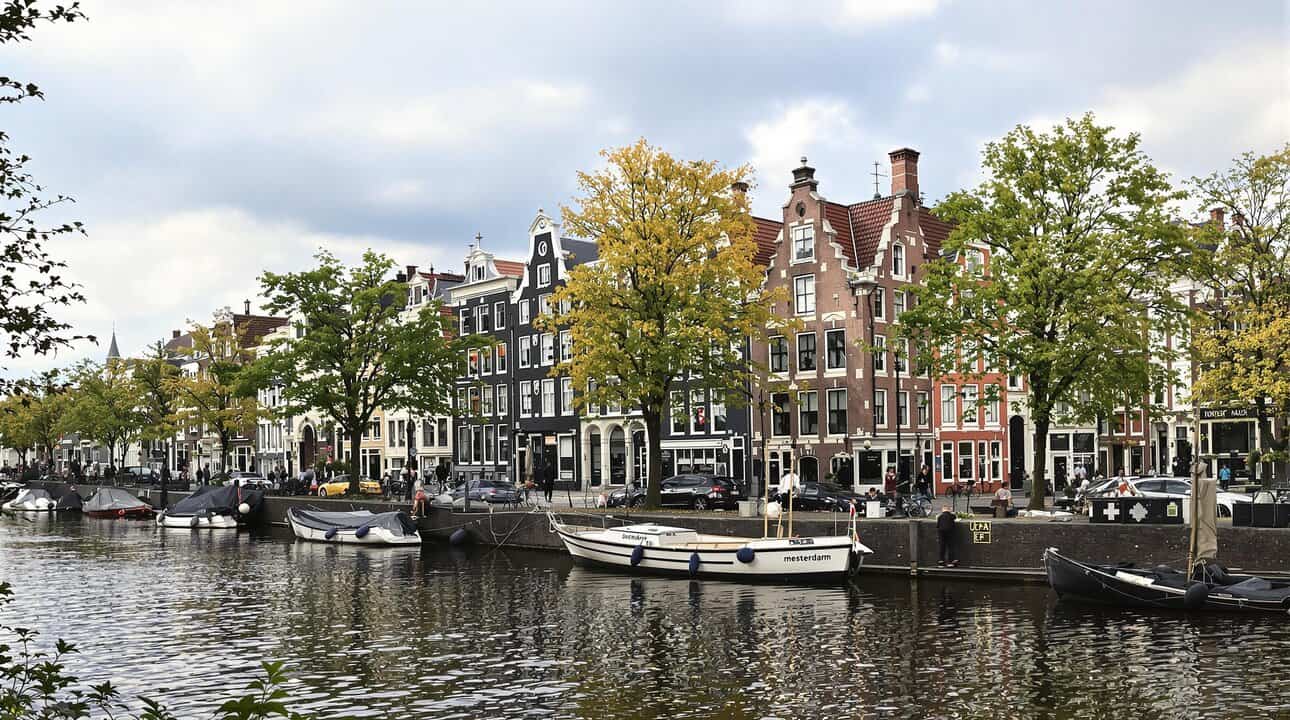
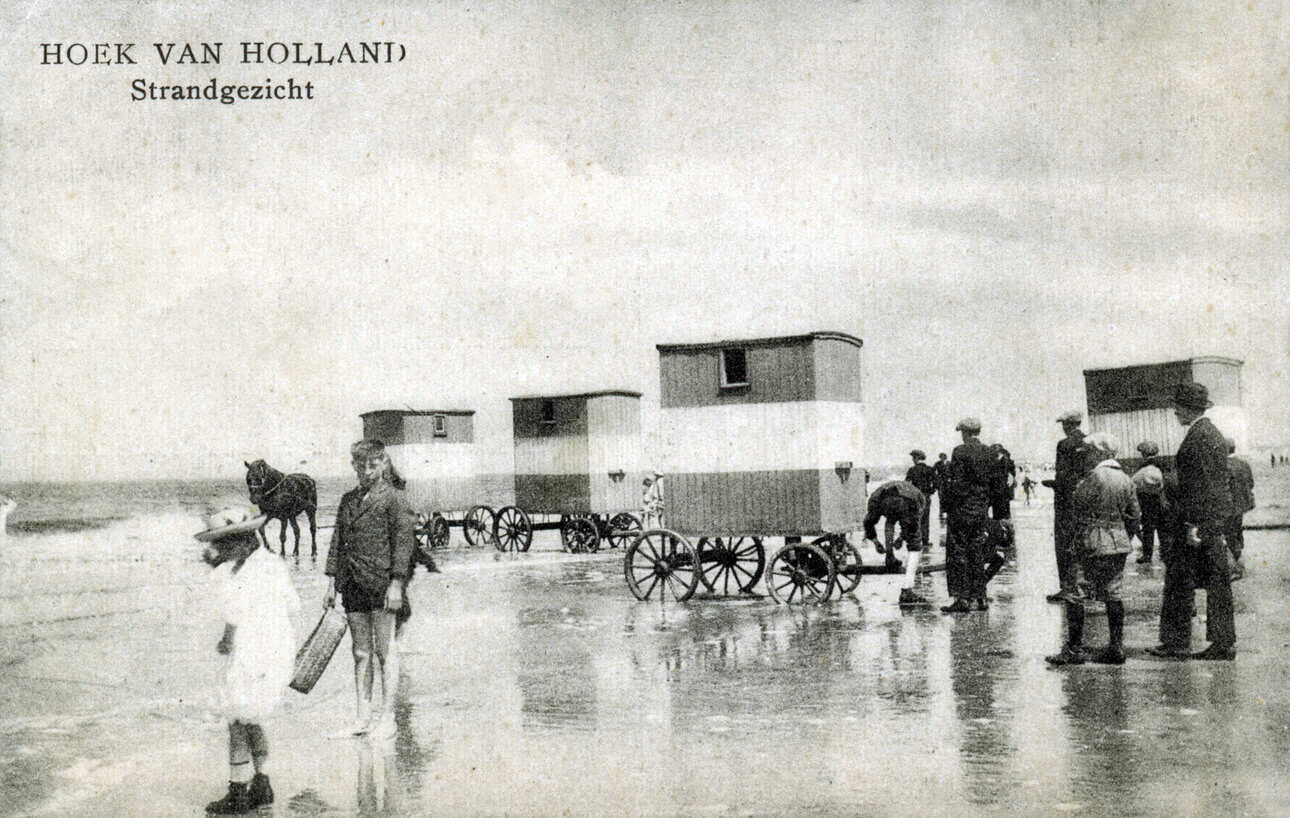
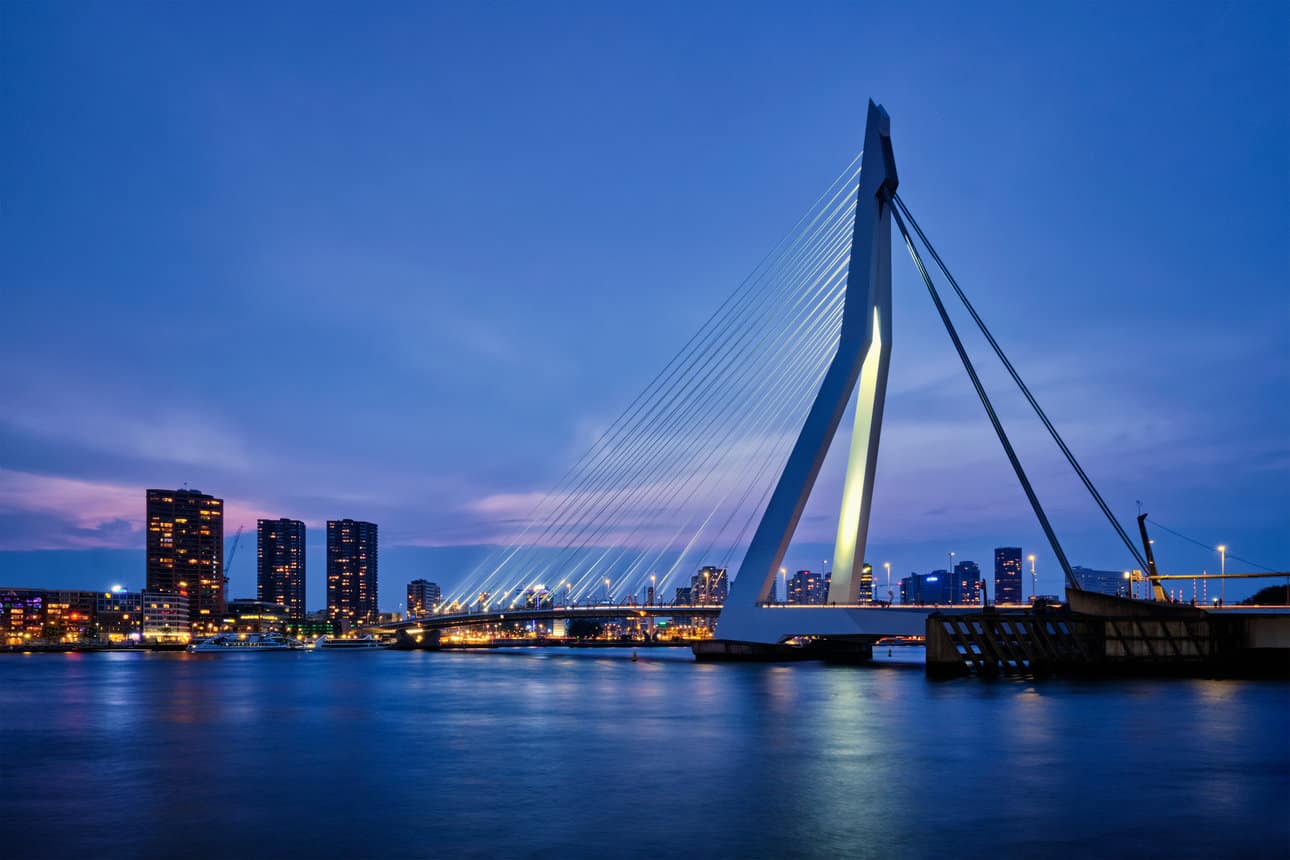
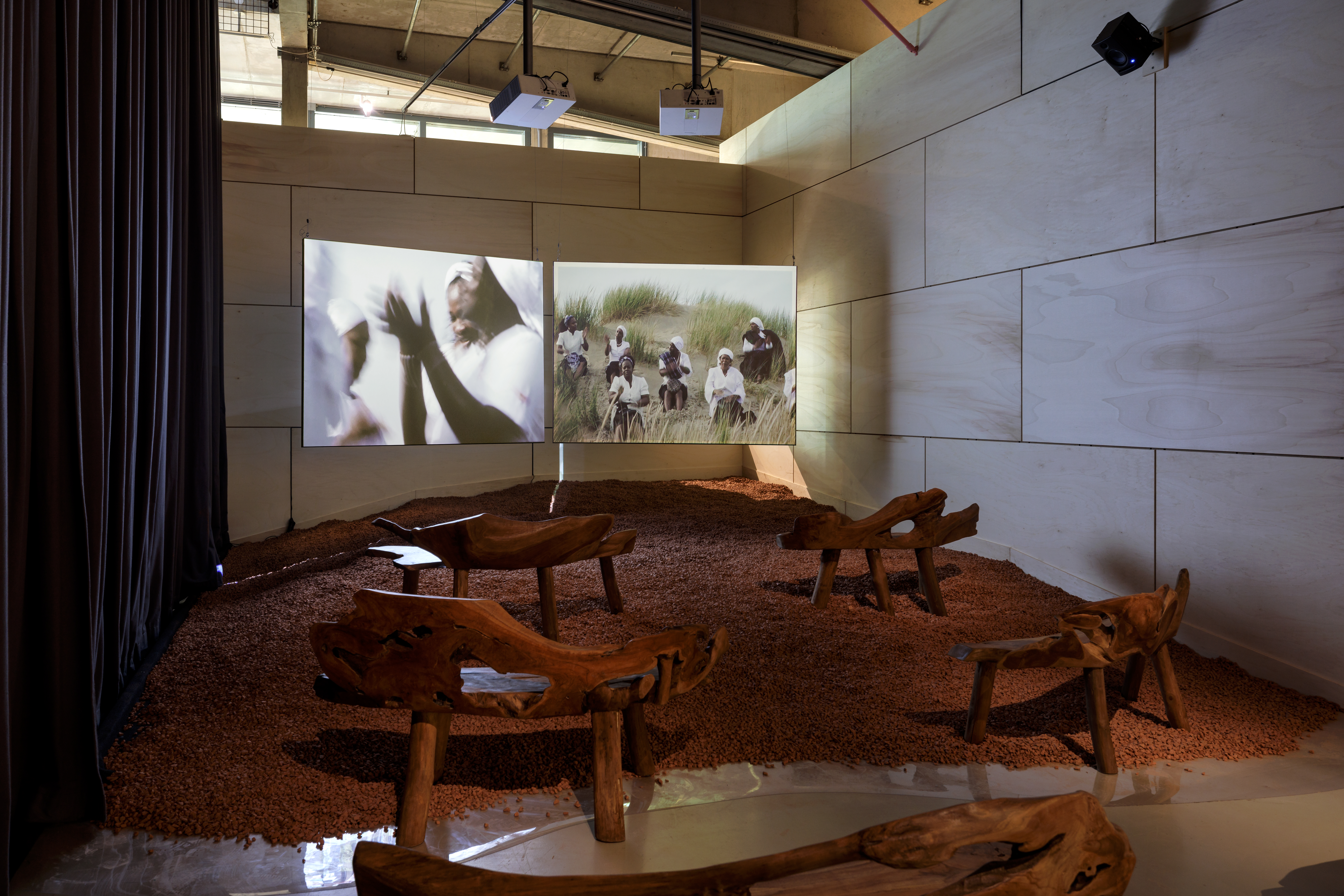
.jpg)

.jpg)
-124.jpg)
